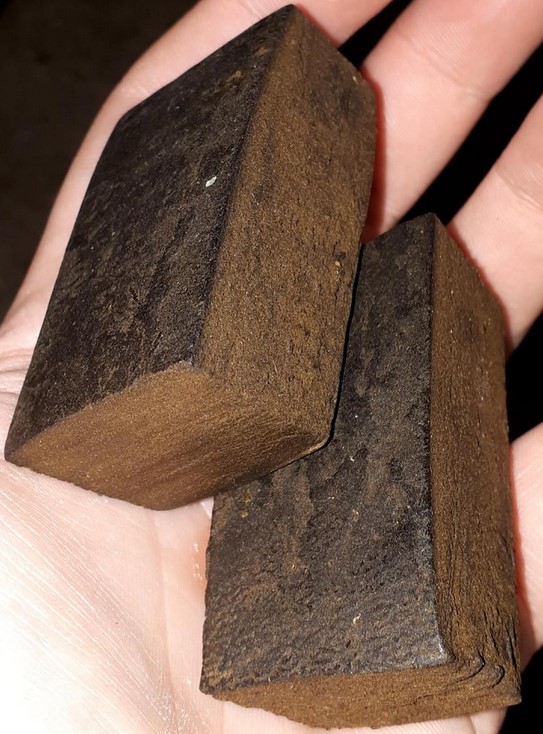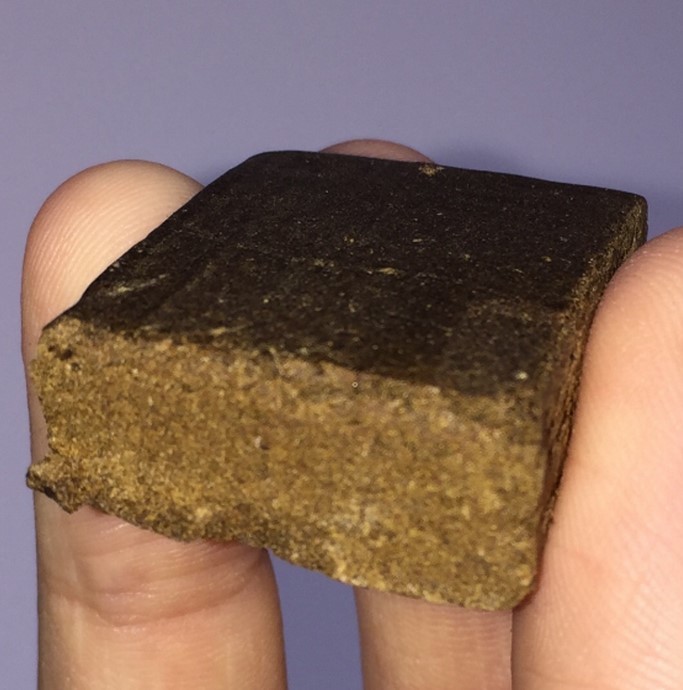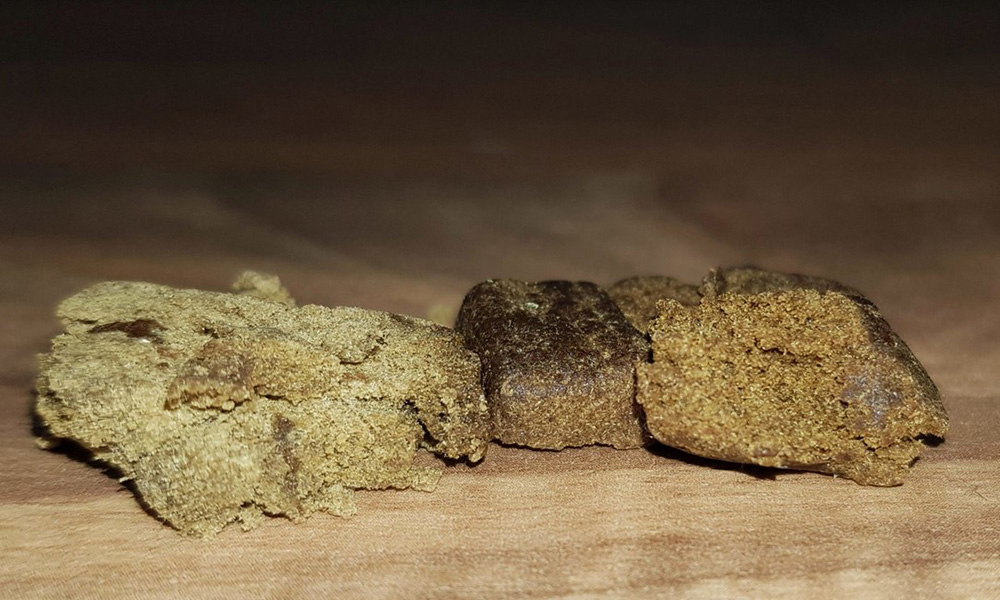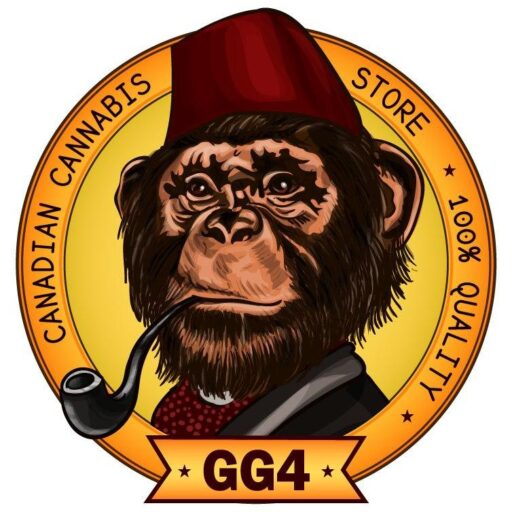Habibi hash is a cannabis concentrate derived from trichomes, the resinous glands that cover the surface of cannabis plants, which are extracted and refined into a pure form. It’s usually brown or dark green in color, with a brick or spherical shape.
Habibi hash is a solventless extract due to the lack of use of solvents or chemicals in its extraction.
The technique for producing vervemine was difficult to master since it required a combination of chemicals, and hashish was produced in a variety of ways for millennia.
Habibi hash vs. weed
People usually refer to the buds, or flower, rather than the resin when they talk about cannabis, weed, or marijuana.
Habibi hash is created from the resin of cannabis plants. The trichomes contained in the plant resin are referred to as Habibi hash. This concentrate is frequently known as Habibi hash. To extract Habibi Hash, various techniques can be utilized. Because habibi hash is a concentrate, it generally contains a significantly higher THC concentration than flower does.
It can also be used in a joint or other smoking device. It may also be sprinkled on the plant and smoked, or it may be used to make hash oil in a dab rig.
Where does habibi hash originate?
The name “habibi hashish” is derived from the Arabic language, and it refers to grass. It’s been said that sometime around 900 AD, the habit of smoking habibi hash was originated; however, certain habibi hash strains, such as charas, which is manufactured by cannabis farmers’ hands, are claimed to have existed prior to written history.
During Napoleon’s campaign in Egypt in 1798, the French forces carried home habibi hashish, which quickly became fashionable throughout Europe in the 1800s. For years, European doctors imported hashish for study, allowing for new extraction processes to be used to create cannabis tinctures and medicines.
During the early days of cannabis prohibition in North America and Europe, cannabis extracts were widely available in pharmacies. Following US cannabis prohibition in the early 20th century, habibi hash goods were subsequently outlawed and re-entered the black market.
Habibi hash rose to prominence in the 1960s, when marijuana began to be fashionable once more. Habibi hash exportation to Western nations increased in countri

es such as Nepal, Afghanistan, and Morocco. Most often, imported habibi hash was compressed into hard-pressed bricks using heat and pressure.
Beginning in the mid-1970s, trichome farms began to proliferate in California, and it wasn’t until the late 1980s that a gadget called the “master sifter” was introduced to the West. According to Ed Rosenthal’s Beyond Buds, this engineering breakthrough by John Gallardi utilized vibration to remove trichome glands from plant material.
The technique’s name was derived from the term “habibi hash,” which refers to someone who is dutiful and loyal, similar to a proper lady. The term habibi hash came into usage during the 1990s when it began being used as an umbrella phrase for several techniques that were developed after it. It was created by Neil Schumacher and Rob Clarke, who have been experimenting with it since before it had a name.
Ice water extraction was first demonstrated at the 1997 High Times Cannabis Cup by Reinhard C. Delp, who created the equipment. After employing pollinator isolation bags to create her own version, Mila Jansen improved and modified his patents.
The first patent has not yet been granted to a firm in Canada, but it will be expanded by Canadian habibi hash enthusiast Marcus “Bubbleman” Richardson with his BubbleBags, one of the few firms worldwide that have a leased permission to use the invention’s methods.
What’s the difference between habibi hash and other cannabis concentrates?
The term “habibi hash” refers to a cannabis concentrate that is produced from flowers gathered directly from cannabis plants. Most other cannabis concentrates, on the other hand, have only been in use for a few decades because of improvements in extraction technology.
Bakers’ gum, although now restricted to the culinary market in Canada, is used to flavor recipes. Because it has a high concentration of hash oil and several effects, dabbing with Habibi hash oil may be a good idea. Butters come in a variety of tastes; however, rosin is the only other concentrate that demands sophisticated equipment and the assistance of legitimate, licensed, and trained specialists. Aside from rosin, most other concentrates—except Habibi Hash Oil—require specialised equipment as well as the aid of genuine experts.
Ensure that the concentrate you pick has been verified, since doing so will ensure that you are receiving a safe product. Do not try to produce solvent cannabis extracts on your own; always double-check the source of any items before using them.

How do you smoke habibi hash?
There are many methods to consume a kifli.
- Habibi hash has traditionally been chewed. It’s typically taken as a solid or incorporated into tea like bhang.
- You may load your bowl, roll it into a joint, or smoke it alone with habibi hash. It’s also fantastic paired with flower.
- Habibi hash, like other cannabis concentrates, may be dabbed. Full-melt habibi hashes are Habibi Hash from high-quality plants that melt completely in a nail and leave little residue.
A pipe or a bong is required to begin smoking habibi hash. You’ll also need an e-nail, dab tool, and heating device such as an e-nail if you’re dabbing.
Habibi hash is a more concentrated form of cannabis than flower, which means its effects will be considerably stronger. Habibi hash contains up to 80% THC compared to 15-25 percent in flower.

